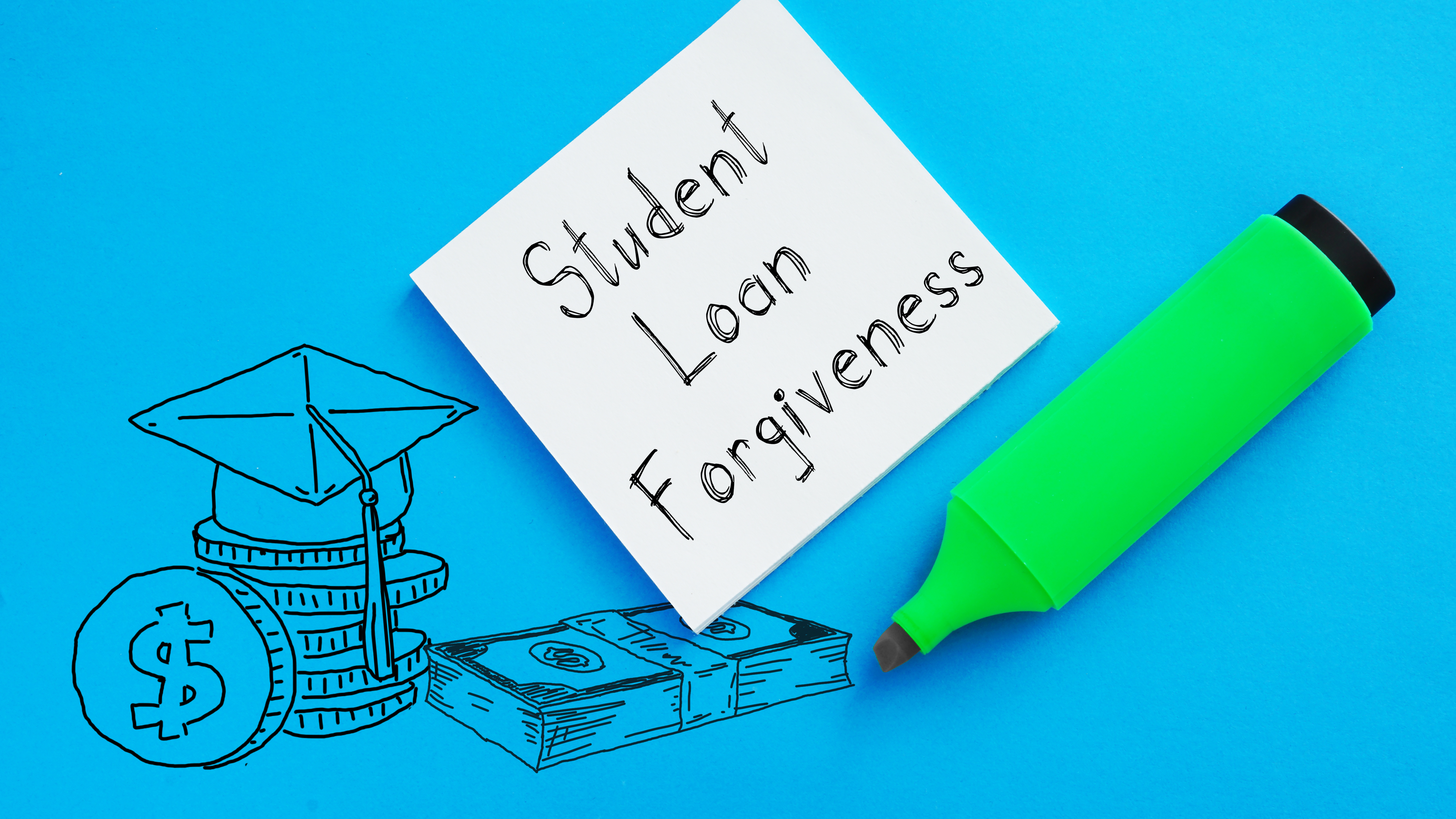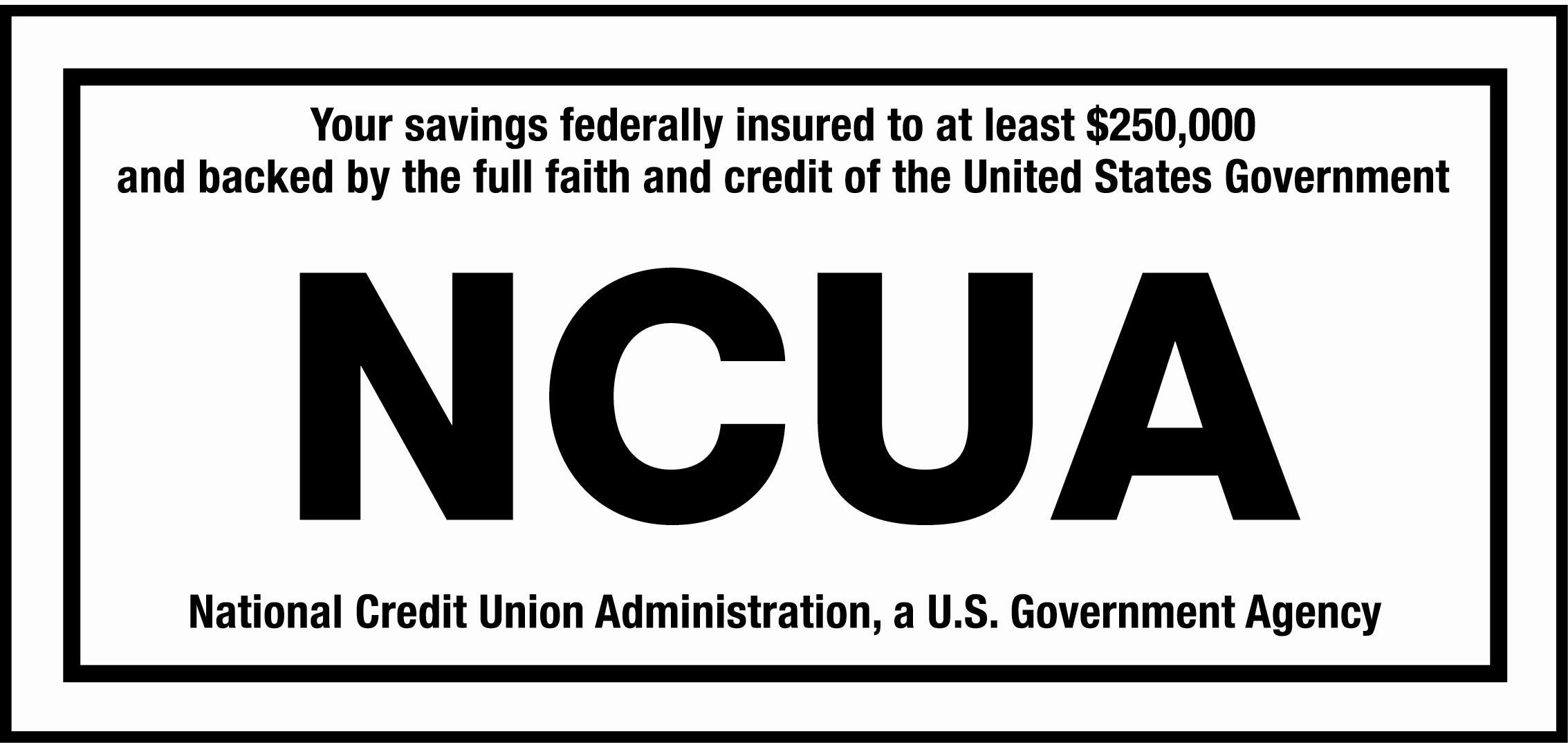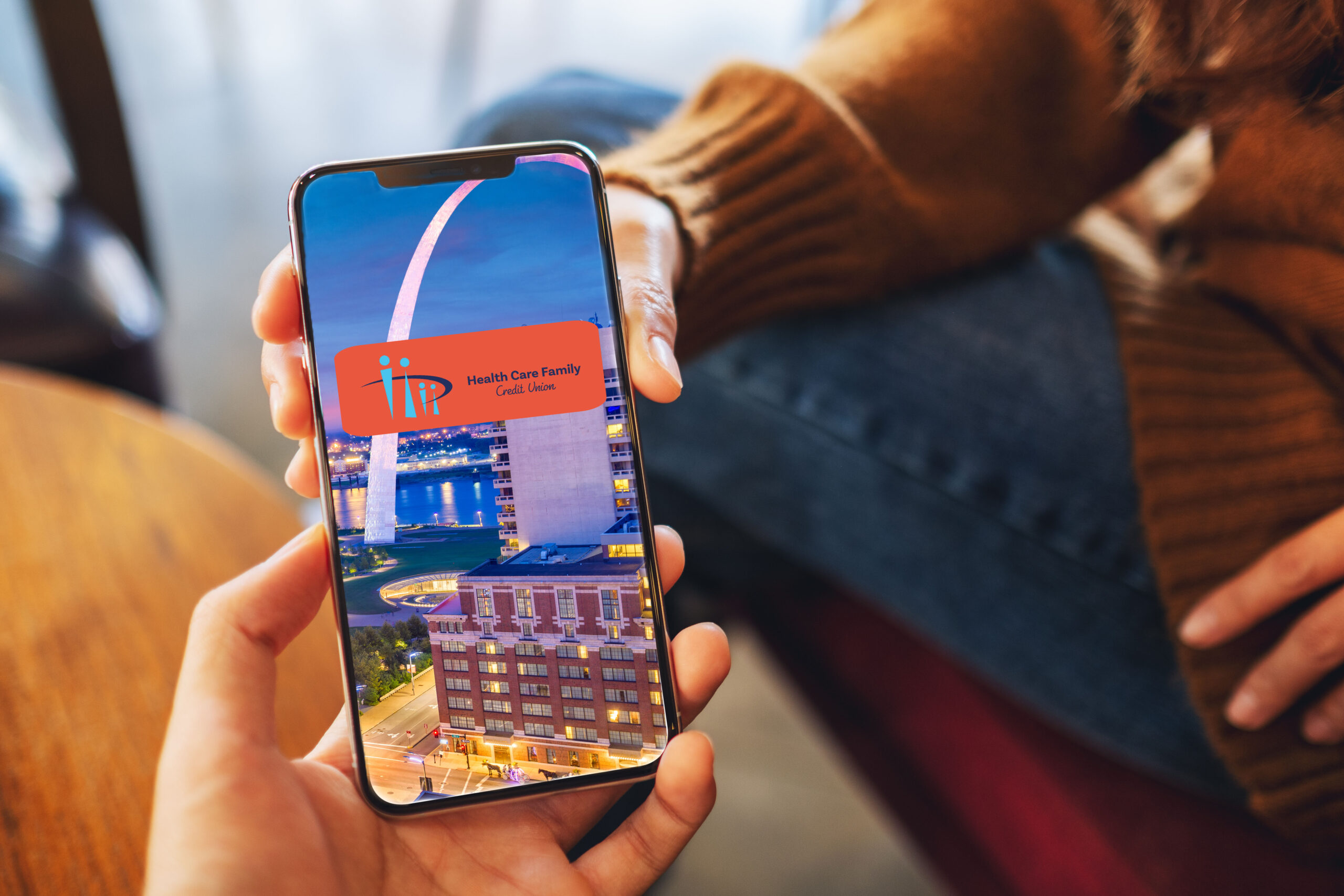What do I Need to Know About Student Loan Forgiveness?

Q: I’ve heard the Biden administration is planning to forgive student loans. What do I need to know about this plan?
A: In August 2022, U.S. President Joe Biden announced his plan to cancel thousands of dollars in student loan debt for qualifying individuals. The plan officially went into effect on Sept. 29, 2022. Here’s what you need to know about Biden’s plan for student loan forgiveness.
Is every student eligible for loan forgiveness?
According to Biden’s announcement in August, the administration plans to forgive up to $10,000 in student loan debt for individuals earning less than $125,000 a year, and as much as $20,000 for eligible borrowers who are also Pell Grant recipients. For couples, the maximum income eligibility requirement jumps to $250,000 a year.
How do I apply for loan forgiveness?
Approximately 8 million people already have income information on file with the U.S. Department of Education (DOE); these individuals will likely have their qualifying debts automatically forgiven. All others, however, will need to submit an application with the DOE .
Applications can be downloaded here and will take 4-6 weeks to process. The final deadline for submitting applications is Dec. 31, 2023. However, the DOE recommends getting it in before Nov. 15, 2022 . This will give the department enough time to process your application before the student loan payment pause ends and interest starts accruing again on Dec. 31.
What kinds of loans are included in Biden’s forgiveness plan?
Undergraduate loans, graduate loans and Parent PLUS loans managed by the Department of Education are all eligible for loan forgiveness. It’s important to note, though, that Biden’s plan only applies to federal student loans. This means private student loans are not eligible for forgiveness, even if they began as federal loans. If you’re unsure what type of loans you have, contact your loan servicer to find out.
Which income year should I look at to see if I qualify for forgiveness?
According to a senior White House official, you can look at the income from 2020 or 2021 to determine whether you fall within the income threshold for loan forgiveness.
If I meet the income requirements, will all of my debt be canceled?
You may have noticed news items about the loan forgiveness program using language like “up to $10,000 or $20,000 in forgiveness”. This is referring to the maximum amount of loan forgiveness an individual can expect. The rationale behind this language is that some borrowers who fall within the income eligibility may owe less than the full forgiveness amount they are eligible to receive. This means that a student who owes $8,000 in student loan debt and is eligible to have $10,000 forgiven will not be able to pocket the remaining $2,000.
Instead, that money will remain with the federal government.
I continued paying off my student loans during the payment pause. Is there any way I can get that money back and have more of my loan forgiven?
Many borrowers kept up with their loan payments during the pause. With interest paused as well, it was a great way to get ahead on loan payments. Fortunately, these borrowers can still benefit from the new loan forgiveness plan.
According to the Education Department’s office of Federal Student Aid, “You can get a refund for any payment (including auto-debit payments) you made during the payment pause (beginning March 13, 2020). Contact your loan servicer to request that your payment be refunded.”
Before contacting your lender, though, check to confirm you fall within the income eligibility requirements for loan forgiveness.
What steps do I need to take now?
If you haven’t yet applied for loan forgiveness, and the DOE does not have your income information on file, you can submit an application here at your earliest convenience.
In addition, take these steps to ensure eligibility:
- Review your tax returns from 2020 and 2021 to determine whether you fall within the income eligibility thresholds for loan forgiveness.
- Make sure the contact information on your StudentAid.gov account is up-to-date. If you don’t have an account, create one now. The government will send email and text message updates about the loan forgiveness program through these accounts.
- Make sure your loan servicer has your updated contact information, as well.
- If you’re unsure whether you received a Pell Grant during college, log into your StudentAid.gov account and go to your “My Aid” section. There, you’ll see a breakdown of any grants you received during college, including Pell Grants.
At this time, it’s important to be aware of loan forgiveness scams that will likely arise within the next few months. Be sure to submit your application directly to the DOE through the link provided above, and not to click on links that are embedded in ads or unsolicited emails. In addition, be aware that there is no fee necessary to submit your application, nor is there a need to pay for assistance with your application. Never share your personal information or Student Aid account password with anyone.
Biden’s student loan forgiveness plan will bring relief to millions of borrowers. Use this guide to take advantage of this offer and learn what you need to know about the loan forgiveness plan.



